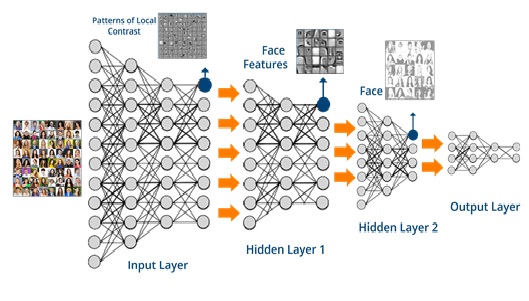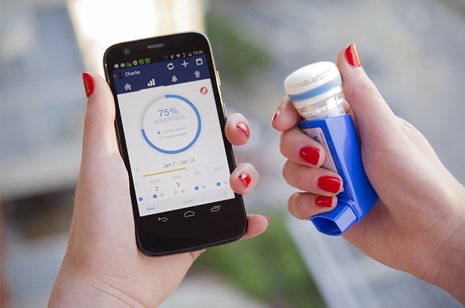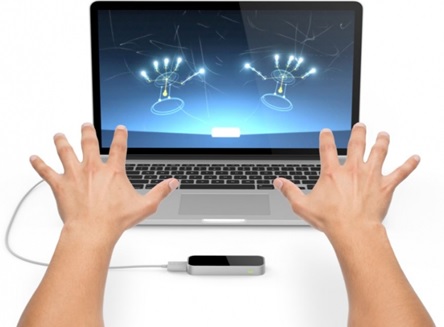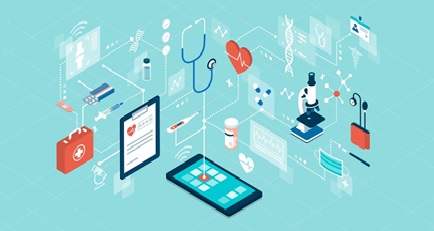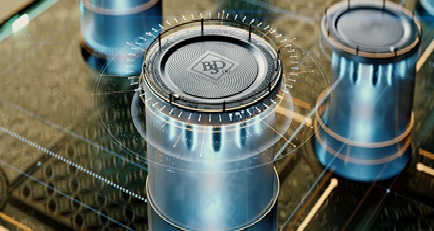Ubiquitous Computing
Ubiquitous computing is a paradigm in which the processing of information is linked with each activity or object as encountered. It involves connecting electronic devices, including embedding microprocessors to communicate information. [1] Devices that use ubiquitous computing have constant availability and are completely connected.
Ubiquitous computing focuses on learning by removing the complexity of computing and increases efficiency while using computing for different daily activities. Ubiquitous computing is also known as pervasive computing, every ware and ambient intelligence as shown in figure 1.
The main focus of ubiquitous computing is the creation of smart products that are connected, making communication and the exchange of data easier and less obtrusive [2].

Figure 1: Ubiquitous computing
Key features of ubiquitous computing include [3]:
- Consideration of the human factor and placing of the paradigm in a human, rather than computing, environment
- Use of inexpensive processors, thereby reducing memory and storage requirements
- Capturing of real-time attributes
- Totally connected and constantly available computing devices
- Focus on many-to-many relationships, instead of one-to-one, many-to-one or one-to-many in the environment, along with the idea of technology, which is constantly present
- Includes local/global, social/personal, public/private and invisible/visible features and considers knowledge creation, as well as information dissemination
- Relies on converging Internet, wireless technology and advanced electronics
- Increased surveillance and possible restriction and interference in user privacies, as the digital devices are wearable and constantly connected
- As technology progresses, the reliability factor of the different equipment used may be impacted
The following are the top seven benefits brought about by ubiquitous computing as they impact architecture and occupants in everyday life [4]:
- INVISIBLE: “Smart” environments will be embedded with computing technologies that will be mostly out-of-sight. Architecture will gain many more capabilities – with less visual clutter.
- SOCIALIZATION: Interactions with architecture will be more social in nature. “Smart” buildings will illicit a more social response from occupants as computers user interfaces embed themselves within architecture. (1)
- DECISION-MAKING: “Smart” environments will help occupants to make better choices as they go about their everyday lives. At key moments within architectural experiences, a good architectural design will make “smart” environments helpful. Such architecture will be more proactive than passive.
- EMERGENT BEHAVIOR: Buildings are now becoming more and more kinetic in form and function. Their movements and constructed designs come together dynamically to yield behaviours that make them more adaptive. Buildings will learn how to learn – in order to run efficiently and aesthetically.
- INFORMATION PROCESSING: Since architecture will be gaining a type of “nervous system”, information processing will be gaining a whole new meaning. Architecture will go from crunching data to making sense of data; therefore, eliminating our need to constantly input adjustments.
- ENHANCING EXPERIENCE: As computers ubiquitously embed themselves in our environments, sensors and actuators will create “smart” environments where architectural space will be goal-oriented. Therefore, more occupant needs will be better met.
- CONVERGENCE: Much of our environment will be supplemented with interconnected digital technologies. Such interconnectivity will allow for a new type of “sharing” that will serve to eliminate many mundane tasks. Also, fewer errors will occur as systems pull data from shared digital locations (instead of having numerous copies to keep up-to-date).
Advantages and Disadvantages of Ubiquitous Computing
Though ubiquitous computing can make many daily activities faster and more cost-efficient, ubiquitous systems may threaten privacy and create questions surrounding user consent. [5] In a home augmented by ubiquitous computing, smart lighting and air conditioning systems could contact worn sensors to monitor residents' comfort levels.
Using the data gleaned from sensors, the automated home can constantly change temperature and lighting to maintain a maximally comfortable environment. This type of system can reduce waste and aid environmentally sustainability.
In a kitchen with ubiquitous computing, a refrigerator might communicate with cupboards, survey suitably tagged food items and plan menus using food available on hand. The refrigerator would warn owners about spoiled food. Communicating with the Internet, the system could inform humans about manufacturer recalls.
It is potentially difficult to implement pervasive computing while maintaining adequate privacy protections. Ubiquitous systems gather a great deal of sensitive personal data, and managing this data involves navigating legal, technical and ethical challenges.
Ubiquitous computing could create ethical dilemmas involving user consent. With few exceptions, individuals have traditionally used computer systems consensually. If computer systems become pervasive in all aspects of daily life, this could force people to engage without consent. In fact, individuals might well interact with these systems unwittingly.
References:
- https://www.techopedia.com/definition/22702/ubiquitous-computing
- https://www.hypr.com/ubiquitous-computing/
- https://www.webopedia.com/definitions/ubiquitous-computing/
- https://www.reference.com/history/advantages-disadvantages-ubiquitous-computing-8297c7a9ffaa845
- https://www.marialorenalehman.com/blog/top-7-benefits-of-ubiquitous-computing-in-architecture/
Cite this article:
D. Vinotha (2021), Ubiquitous Computing, AnaTechmaz, pp. 3




